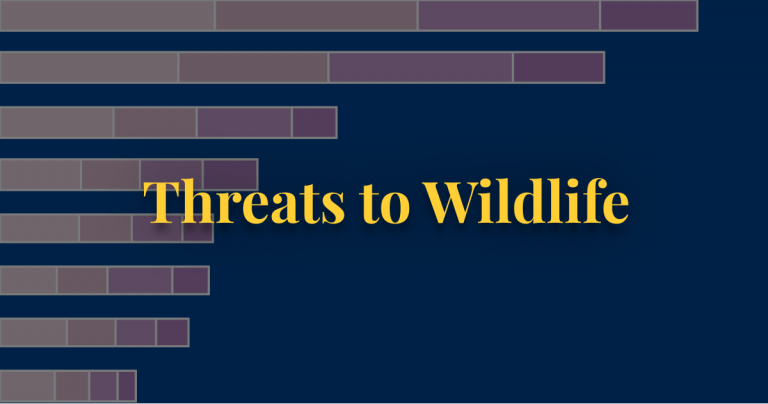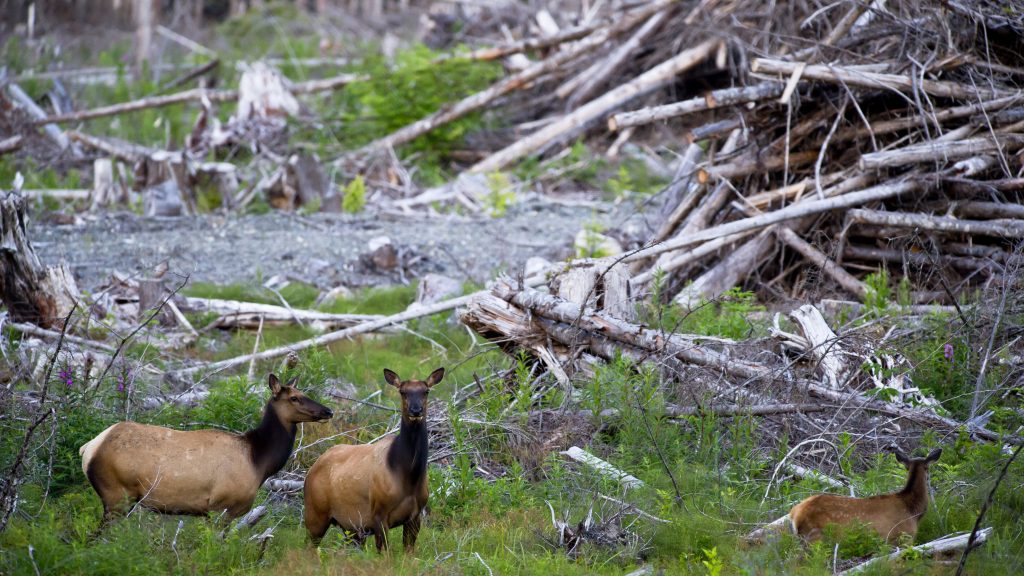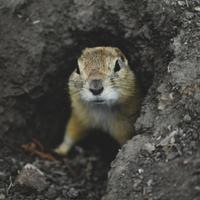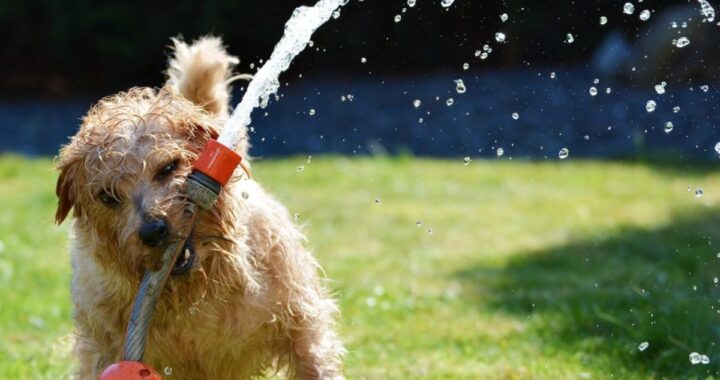Biggest threats to wildlife today
5 min read
Wildlife plays a very important role in balancing the environment. It provides stability for a variety of natural processes. Wildlife and nature closely associate with humans for emotional and social reasons. We can identify the importance of wildlife by environmental, economic, research and biodiversity conservation, etc. Animals have also been very helpful in providing food, clothing, and a source of income for us humans. Our survival would not be possible without the support of wildlife. And we are part of the wildlife to create a natural balance in the world. It also plays a very vital role in our lives.

Wildlife is at risk from a wide range of human activities, from directly destroying habitats and spreading a variety of invasive diseases. Most of the environment faces many threats. Each new threat poses additional stress to already declining ecosystems and wildlife.
There are only a few places in the world where human influence has not been felt. We scanned and left our footprints in almost every corner of the globe. As our population and needs grow, we are leaving behind a small area for wildlife. The wildlife on planet Earth from all sides is facing the loss of habitat and the impact of climate change. Some of the major threats to wildlife include the illegal trade of it, habitat destruction, invasive species, land pollution, and climate change.
Mentioned below are some of the main threats wildlife is facing today.
Loss of habitat in Wildlife
Habitat loss is a major threat to creature survival. When the ecosystem is radically altering by human activities – such as farming, oil and gas exploration, commercial development, or diversion. It may no longer be able to provide the food, water, cover, and shelter needed by young wildlife for survival. Every day there are a few places left for wildlife to call home.

Fires across the Amazon and Australia appropriately drew attention to how fragile ecosystems are. Half of the world’s original forests have vanished, and the rest cleared ten times faster than they can be replaced.
Climate change is a Major Threat to Wildlife
Climate change is a major threat to the long-term survival of wildlife. It is no longer a matter for future generations. It is being recorded all over the world today, and people, animals, and plants are already feeling the heat. You can also find this temperature signal in ocean temperatures, subtropical temperatures, and melting glaciers. You can see the side effects of this linked to global ecosystems. This continuous evidence points to the conclusion that our planet is warming up, and that ecological systems are struggling to keep up.
From the most common and frightening hurricanes to the longest and most severe droughts, the impact of climate change is increasing sea temperatures and reducing Arctic sea ice. That affects marine biodiversity, changing plant habitats and forcing species to adapt to new conditions.
Pollution
Every day the waste from our daily lives – sewage, garbage, agricultural and grass chemicals, industrial extraction, and electrification, etc. They make their way through air and water to the natural environment and then to pollution. Especially even our planet is large, it is not big enough to melt or absorb all the waste, chemicals, and nutrients that continue to be produced by billions of people.
There are 500 times more microplastic fragments in the ocean present today than the stars in the galaxy. We are dumping 8 million tons of plastic into oceans every year, flooding the world’s cleanest parts and threatening the survival of more than 600 species of marine mammals.
Trade of wildlife
Wildlife trade, legal or illegal, exchange or sale of plant resources. This includes animals and plants, parts of the body of animals such as skins and feathers, and any products made or involving a wild animal or plant.
While it may not be immediately obvious, the wildlife trade has an impact on many areas. This activity can be local or can include products that travel around the world to different countries. Think about the products you buy – how many of them include wildlife products? For example, if you eat seafood or buy wood-based products then you are part of a local, or perhaps global, legal trading of wildlife products.
The illegal wildlife trade is one of the five most lucrative violations in the world, with an estimated $ 50-150 billion USD a year. It comprises three key elements: poaching, smuggling, and hunting. Many species are directly threatened by the illegal trade in wildlife. The illegal trade contributes directly to the loss of species and the destruction of the environment. It also threatens the future existence of many endangered species.
What you can do to save wildlife?
Public awareness and education can play an important role in educating regarding protecting animals through sustainable solutions to these problems. And we need to discuss all of this at a global level to have a positive impact. In addition to this, we need to be vigilant in dealing with urban sprawl, rising temperatures, and eco-tourism, which have improperly contributed to the destruction of wildlife.
Volunteer
If you do not have money to donate, donate your time. Many organizations and zoos have voluntary programs. You can help clean beaches, rescue wildlife, or teach visitors.
Visit
Zoos, aquariums, national parks, and wildlife sanctuaries. Learn more about the types of species present on the planet from experts. See the world’s most amazing creatures nearby.
Speak up
Share your interest in wildlife with your family. Tell your friends how they can help. Speak with anyone you know who can do anything possible to prevent wildlife trafficking.
Buy With Commitment
By not buying products made from endangered species or parts of them, you can stop wildlife trafficking from turning into a profitable business.
Reuse
Discover new ways to use what you already have.
Restore
Habitat destruction is a major threat to 85 percent of endangered species. You can help reduce this threat by planting trees, rehabilitating wetlands, or cleaning beaches in your area.
You can do a lot to help wild life around you. Since its in quite a lot of danger due to climatic changes and other reasons, its about time we start taking big steps to help them.






